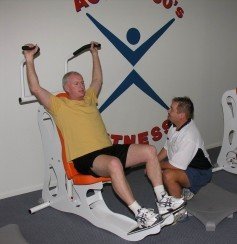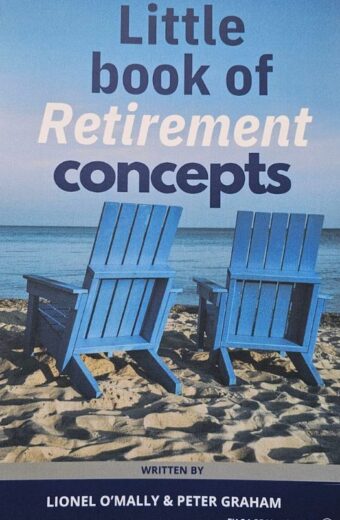A survey has revealed only 10% of the population are members of fitness facilities or are regular exercisers. Despite all the studies published outlining the benefits regular exercise has on a myriad of physical ailments, people still consider taking that first step towards getting active one of the hardest decisions to make. For baby boomers, that decision is even more difficult. Unfortunately, most of us follow the traditional Western philosophy of waiting until we are sick before acting, rather than being pro-active by implementing positive lifestyle habits to maintain a higher level of health and quality of life. Let’s look at the various perceived inhibitors when thinking about getting active.
Lack of Finances and Time. The cost of illness is far greater than the cost of wellness. Once again, it is the attitude of “I’ll wait until I’m sick before I fix it”. But invariably, the cost to remedy ills not only drains the finances, but also affects other aspects of your life. The good news is you don’t need a huge amount of dedicated time to see the benefits of activity. Short bursts of exercise throughout the day/week are more effective and attainable. Incidental exercise such as walking, taking the stairs and playing with the grandchildren all count as activity. Also, most fitness facilities are now promoting shorter, 30-minute workouts to allow for ‘time-challenged’ clients.
Pre-existing injuries and illnesses. Once you have experienced the pain and restrictions an injury or illness brings, there will always be a reticence to resume activity. You simply do not want to go back to that situation again and feel a certain reluctance to start exercising. Ironically, controlled, specifically prescribed exercise is a major facet of the recovery process. Commonsense must prevail. Always be guided by your medical professional and only undertake activity which you can regulate both the intensity and movement.
Previous Bad Experiences. Exercise isn’t just about physical exertion. We place an emotional attachment to getting ourselves active and any negative experiences associated with exercising and being a member of a fitness facility will affect our future endeavours. Feelings of intimidation, inadequacy, unsupportive or indifferent gym staff or just plain discomfort all have an influence in our attitudes towards exercise. If you wish to make exercise habit, it is imperative to feel comfortable emotionally in the environment you choose. Make this your number one priority when choosing a fitness facility. It won’t matter if the centre has the latest equipment or it represents the cheapest option: if you don’t feel ‘comfortable’, you won’t go.
It Hurts! Our bodies are programmed from conception to survive. Once our bodies perceive a threat or stress, it automatically starts adapting to deal with that stress. Exercise is a controlled form of stress. As we subject it to the rigours of physical activity, it will elicit the necessary improvements, both physically and mentally, to deal with the activity. This is how we get fitter, stronger and leaner. This also guards us against health conditions. However, exercise must be employed in a controlled manner, adjusted to your individual needs. Think of exercise as an inoculation against life’s’ ills – a small dose of stress to immunize yourself from greater illness and stress!
Mal Gregory

